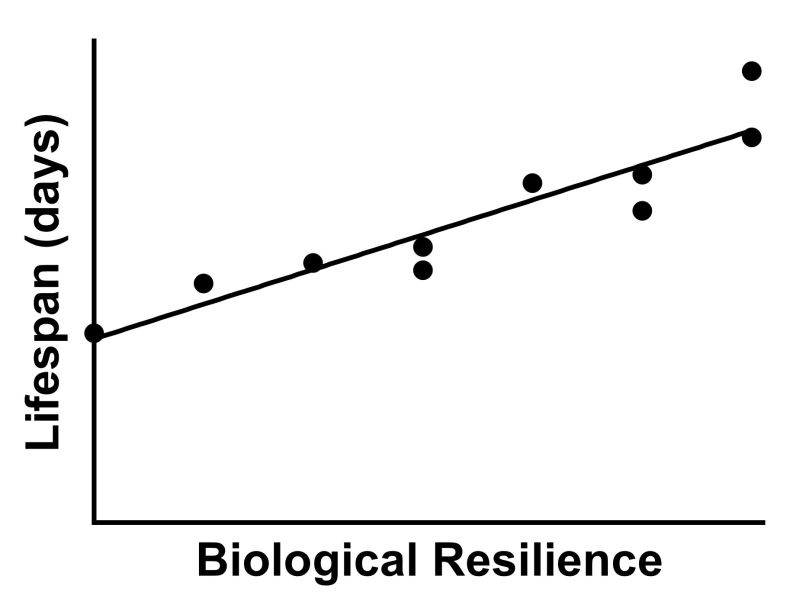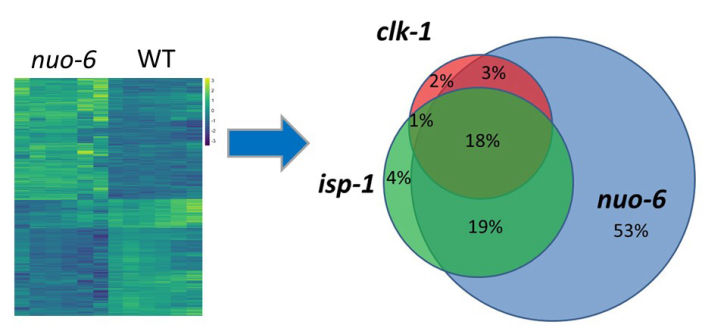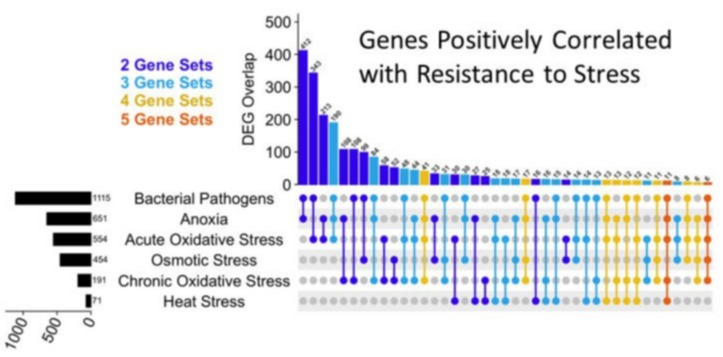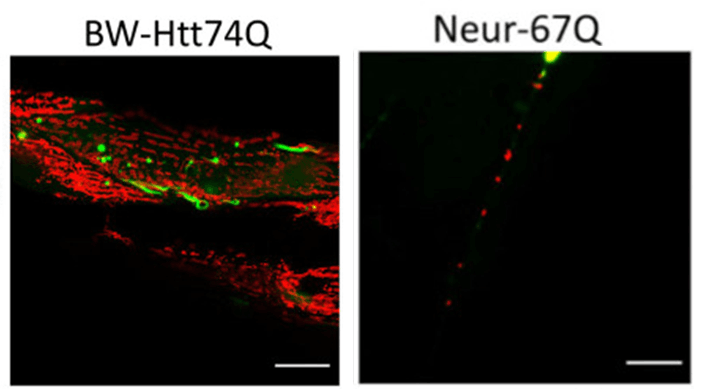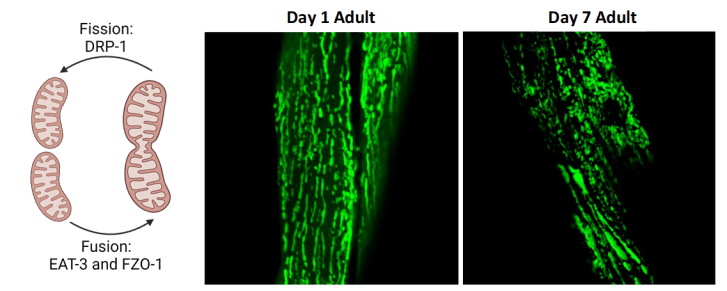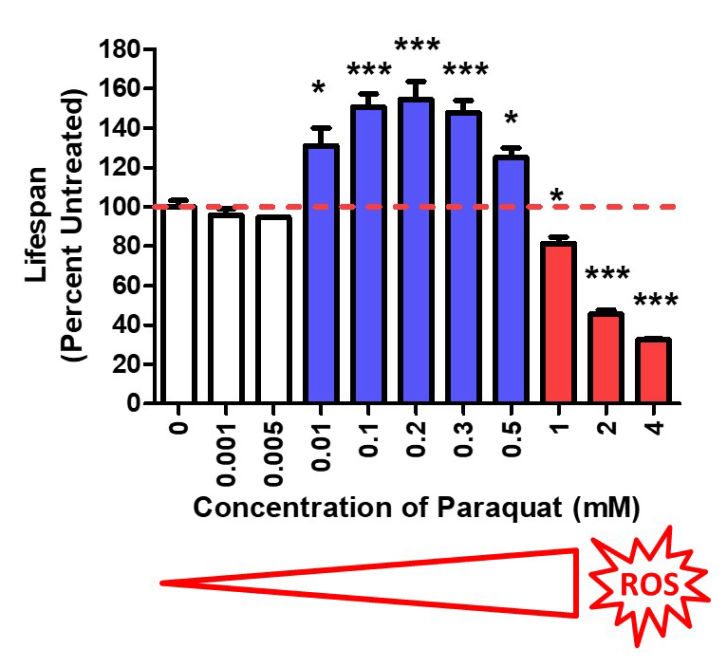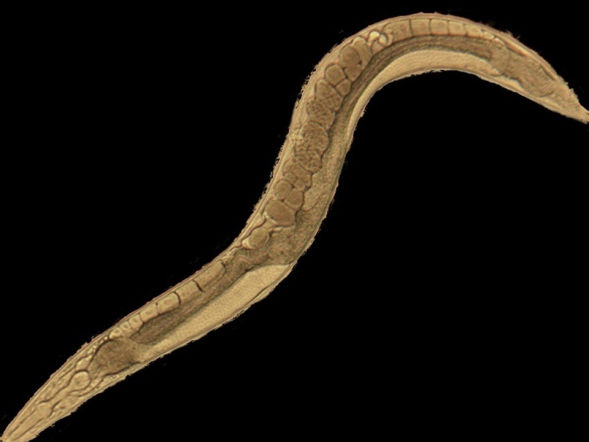
Aging, Biological Resilience and Neurodegenerative Disease
In the Van Raamsdonk lab, we are interested in the genetics and biology of aging and the pathogenesis of neurodegenerative disease. We are also highly interested in biological resilience and how that contributes to longevity and neurodegeneration. Much of our work focuses on the mitochondria as it highly involved in lifespan, resilience and neurodegenerative disease. To complete these studies, we primarily use a simple genetic model organism, the worm C. elegans. Our work in Geroscience aims to advance our understanding of the molecular mechanisms underlying longevity and resilience and apply that knowledge to promote healthy aging and develop novel treatments for neurodegenerative disease.
